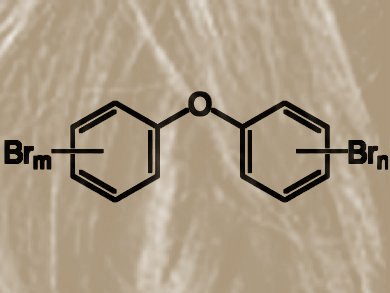Polybrominated diphenyl ethers (PBDEs) have been used worldwide as additive flame retardants in a variety of consumer products. PBDEs leach out of these products primarily in the form of dust. PBDEs are persistent and bioaccumulative, and, as yet, there is no known method to destroy them. At present, serum is used for PBDE biomonitoring. This method, however, only detects short-term exposure and makes monitoring in pregnant woman and infants difficult.
Barbara F. Hales, McGill University, Montreal, Canada, and colleagues have shown that hair is a valuable noninvasive biomarker of long-term PBDE exposure.
The researchers used paired human hair and serum samples from adult men and women. In addition, they fed adult male rates a dietary PBDE mixture, simulating North American daily PBDE exposures, to determine whether chronic exposure to different PBDE levels results in similar changes in hair, serum, liver, and adipose PBDE concentrations in the animals. All samples were analyzed by GC-MS for eight common PBDEs.
Human and rat hair measurements correlate strongly with those in alternative matrices. Animal data indicate that hair is a better indicator of exposure to the tetra- to hexa-BDE forms than the more highly brominated congeners.
- Hair as a Biomarker of Systemic Exposure to Polybrominated Diphenyl Ethers,
Shirley Poon, Michael G. Wade, Katarina Aleksa, Dorothea F. K. Rawn, Amanda Carnevale, Dean W. Gaertner, Amy Sadler, François Breton, Gideon Koren, Sheila R. Ernest, Claudia Lalancette, Bernard Robaire, Barbara F. Hales, Cynthia G. Goodyer,
Environ. Sci. Technol. 2014.
DOI: 10.1021/es502789h



